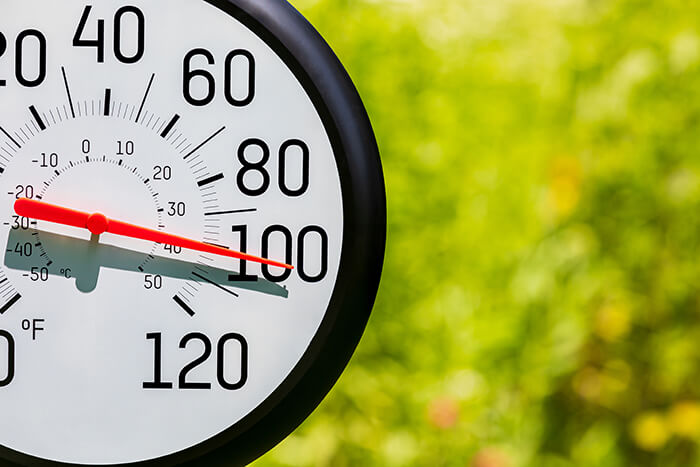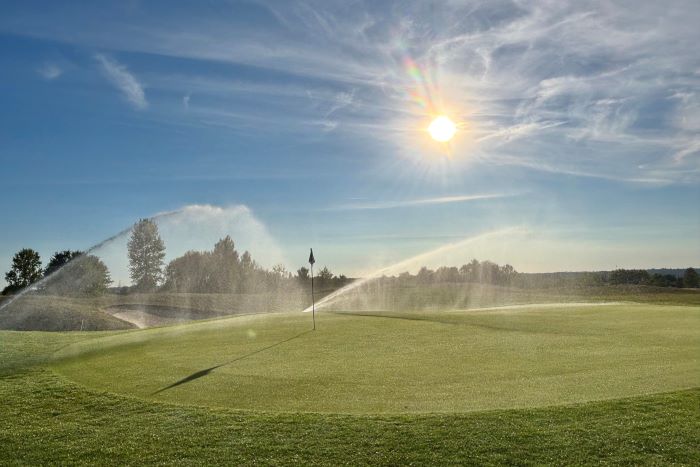As the summer season winds down, high temperatures across the United States seem not to have gotten the memo.
From Seattle to Austin, Texas, there are heat advisories and warnings from the National Weather Service due to above-average heat levels.
At the time of publication, an excessive heat warning is in effect for most of the south-central Texas region, with a heat advisory for its western counties. Temperatures and heat indices of 101 to 109 Fahrenheit are forecast.
NWS advised residents to “continue to practice proper heat safety to reduce your risk for heat-related illness.”
What does this mean for irrigation contractors out in the field?
Ensuring heat safety
With temps in the 100s, it is essential that contractors be mindful of the dangers that heat can create, says Doug Parker, Occupational Safety and Health Administration, Washington, D.C., assistant secretary. Heat-related safety is one of the primary areas of concern for the administration.
“Heat illness prevention is one of the Occupational Safety and Health Administration’s top priorities and we’re taking several measures to protect workers better in hot environments and reduce the dangers of exposure to ambient heat,” says Parker.
According to OSHA, there are several ways that professionals can stay safe in high temp situations.
The first step is proper preparation by having a plan in place for when the temperatures rise and understanding what heat-related illness looks like so they can be treated.
Here are some commonly observed heat-related illnesses and their signs:
| Heat-Related Illness | Symptoms and Signs |
| Heat stroke |
|
| Heat exhaustion |
|
| Heat cramps |
|
| Heat syncope |
|
| Heat rash |
|
| Rhabdomyolysis (muscle breakdown) |
|
Avoiding heat-related stress is even better than treating it as it happens, according to OSHA. They advise three tactics for preventing heat-related illnesses: water, rest and shade.
Workers should be encouraged to drink at least one cup (8 ounces) of water every 20 minutes while working in the heat, not just if they are thirsty. For jobs lasting longer than two hours, employers should also provide access to additional fluids that contain electrolytes.
Parker says the reality is that heat is going to continue to be a relevant workplace danger and OSHA is working to ensure employers remain compliant in providing a safe working environment for employees.
“We know that extreme heat is a long-term problem and recognize the urgency to address its immediate impacts,” says Parker. “An OSHA regulation on heat will provide the agency with additional tools to enforce requirements in workplaces where employers are putting workers at risk by not upholding their responsibilities. As we work toward a final rule on heat illness prevention, we’re also enhancing our enforcement compliance efforts to make sure employers and workers understand the dangers of heat illness and how to prevent it.”
He says everyone deserves a safe place to work regardless of their background and rank in the company.
“Every worker is entitled to a safe and healthy workplace,“ he says, “We will continue to use all the tools in our toolbox to ensure all workers have the health and safety protections they need and deserve in every workplace.”
For more resources on how to stay safe in the heat, visit OSHA’s resource page on heat exposure.
Read more about safety.





